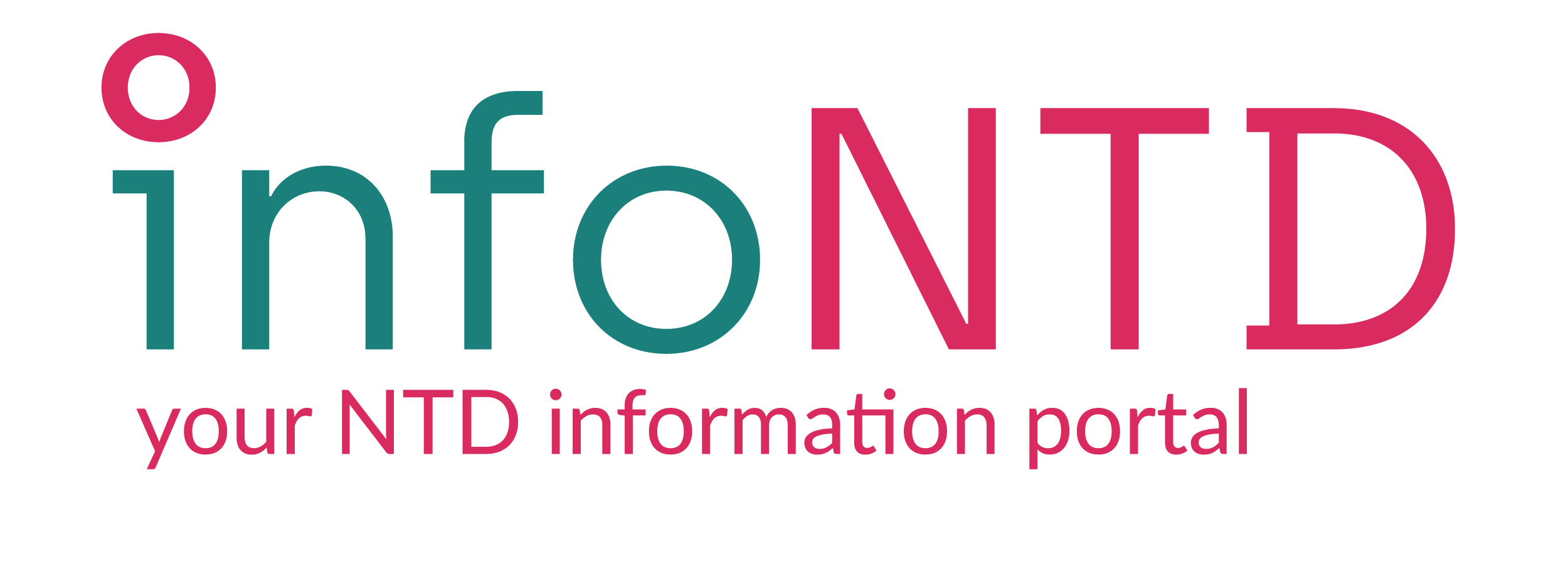A retrospective analysis of leprosy relapse patients after treatment with WHO-MDT at a tertiary institute in South India
Background: Leprosy relapse is defined as patients presenting new clinical signs and symptoms of active disease after they were adequately treated with a standard therapeutic regimen and discharged as cured. The trend of relapse over the years after completion of MDT is a crucial epidemiological indicator, which can help in designing an appropriate follow up strategy.
Objective: To study the profile of leprosy relapse patients (MB and PB) after treatment with WHO-MDT at a tertiary Institution of South India.
Material and methods: A hospital record based retrospective follow up study was conducted in the Dermatology, Venereology and Leprosy department of Schieffelin Institute of Health-Research Leprosy centre, Karigiri, Vellore, Tamilnadu by reviewing the 5-year medical records of leprosy patients from March 2008 to 2013. A total of 33 (25 males and 8 females) leprosy relapse patients were enrolled in this study. Histopathological findings were used to classify the patient according to the Ridley–Jopling classification. Data were entered into Microsoft Excel 2007 and were analyzed using software Statistical Package for Social Sciences (SPSS) version 22.0.
Results: Multibacillary relapse occurred in 32 cases (97%) and paucibacillary relapse in 1 case (3%), according to WHO criteria. Among 26 patients previously treated with MBMDT, 14 relapsed as BT, 7 as BL, 4 as LL and 1 as histoid LL, while 7 patients who had received PBMDT (including one patient who took single-dose ROM) relapsed as 3 BT, 2 BL, 1 LL and 1 TT leprosy.
Conclusion: WHO MDT is highly effective against all the relapse cases but “Risk of relapse” is associated with every leprosy patient category.

 infontd
infontd